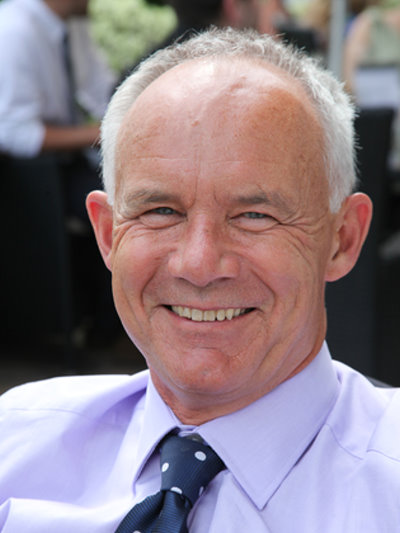
Interview with Colin Mayes CEO of BGL Golf and Chairman of UK Golf Course Owners Association. One of the largest golf course operators in the UK, BGL Golf has 22 courses at its ten venues, with leisure centres and Adventure Golf courses developed at selected sites
How was 2015 for BGL and how do you think you compared with the rest of the market?
It was a successful year for BGL because we grew our rounds played. Our main 18-hole course rounds were 5% up on the previous year, which according to SMS Market Performance, was significantly above the market. The key factor was that our membership rounds are all strong, and we’ve put a great deal of effort into making sure that is the case. For BGL, the other really positive area was our short course performance, which was up by 14%, and was helped on four of the courses by the introduction of Footgolf which has had a tremendous impact for us. It’s all about the marketplace and knowing your customer, which we spend quite a lot of our time focussing on, so overall, 2015 was a positive year for BGL.
What do you think the outlook is for golf clubs in 2016?
There’s a real premier division developing where some clubs are doing exceptionally well; the core, established clubs are marching forward because they’ve got good management and they understand what their objectives are; they know where they fit in the market. I think the clubs that are suffering are those that are without strong leadership and, consequently, don’t really understand where they fit in the market.
…and the next five years?
I think the successful golf clubs in five to ten years’ time are going to be the ones that really understand their core market, understand what their customers want, and are prepared to keep investing in the business to deliver it. I’ve visited a couple of hospitality venues with my chairman recently and it’s interesting, attitudes are changing. We’re dealing with an ‘experience consumer’ now. They want experiences when spending time with friends and family, they don’t want to keep turning up at the same place getting the same thing.
What are your thoughts on the UK participation figures in golf, and how they can be improved?
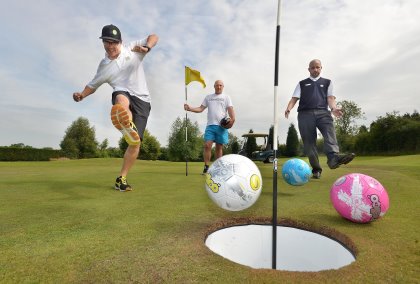
I do worry about overall participation levels as they keep declining, and I think that’s something the whole industry needs to look at in a lot more detail. Somehow we in golf have got to find a way to resurrect the game. We’ve got to gather people together because we want them to have a good time at our golf courses, then they will keep coming back; we need to find new ways to engage with the customers. A lot of businesses will have a tough time with golf because I can’t see, at this moment in time, participation numbers rapidly improving because not enough people are engaged enough to stem the tide. Some supply is starting to fall out, as I always knew it would, so the quality will improve and we’ll see fewer courses, which I view as positive. Overall standards need to keep rising as that’s what our customers expect. Improved quality will in turn encourage more people into the game and then hopefully the industry will move forward.
How does BGL maintain and even increase the green fee yield across all of its venues?
By focussing on never being satisfied. In the last five years, we’ve spent more time trying to make sure our par three courses are kept to the same condition as our 18-hole courses, because our short courses in the BGL business are very important in introducing new customers to the game; it is also an increasingly important revenue area. We are constantly looking at ways we can improve our customers’ experience, be it on improving our golf courses, club house facilities, or installing new equipment. Little and often regarding investment is one of my key messages to our General Managers, albeit when necessary we also focus on major step changes where we can see the commercial benefit of doing so, for example, our new halfway house at Burhill on the old course, an irrigation system at the Shropshire, the new health and fitness facilities at Birchwood. Such investment tells our customers and members that we are engaged in the business and constantly re-investing in our facilities and hopefully making them more attractive to visit. Standing still is not an option in today’s market place.
How can the game attract more women and children?
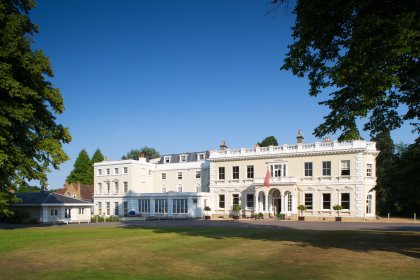
One of the things I’m really pleased about and proud of is our flagship venue, Burhill Golf Club, which over the last ten years has doubled the number of female members. There’s also a fantastic junior squad there now. In fact, the boys have been out in Spain competing for England Golf in their team event recently. For the clubs who want to engage with women and children, there are families out there who want to get involved with golf, but you can’t sit back and wait for them to come in, you’ve got to actively do things. At Burhill we have a girls training session every Saturday that’s open to all, the girls can bring their friends and just sign up. I think that’s helped us, and we’re doing more of that at all of our other clubs. There’s recognition now that there are a lot of women out there who will come and play golf if the facilities are minded to accept them. I think we just have to make more of an effort to engage with women and kids across the board.
Can Adventure Golf facilitate a long-term relationship with the game for young people?
Adventure Golf, along with other shorter versions, forms an integral step in the development of a junior golfer. You need that path when you’re growing up, and in my view, as soon as you can hold a putter you become a potential customer and that can start from three years’ old. Up to about 10 years old, you’re not ready to go out and play long par fours or fives; you’re not strong enough. I see Adventure Golf as the first step to engaging with a golf club and a putter. It’s Mum and Dad bringing their children from the age of three with their brothers and sisters, grandparents, cousins; everyone can be engaged. I’m a great advocate that Adventure Golf is for all the family, from the age of three through to 90. I’ve seen 90 year-olds come onto Hoebridge, come onto Abbey Hill with their great grandchild recognising that it’s a great way to spend active time together. I think that’s going to be one of the social changes we see in the next decade, that doing active things with kids is going to rise in importance and ultimately it will help us improve participation. So Adventure Golf, in my view, has a very positive part to play in this process.
There’s been a fairly dramatic growth in Adventure Golf in recent years, how do you see this market developing?

I’ve always said that we want to build the Adventure Golf business to a minimum of 20 units, and I think there’s going to be more opportunity on the indoor scene than outdoor. We’re doing it because it’s a good thing to bring families together in a golf environment, but we’re also doing it because commercially we think that it’s the aforementioned ‘experience’, and it’s the experience of going somewhere with the family or group of friends that can be repeated frequently, so the market is quite broad. The golf business that we know in the UK is very weather focused. We do rather well when the sun is out and the weather is good, but we know in England you don’t get that every year. I want to spread the risk and stay engaged with the game, and creating indoor sites will be part of our strategy going forward.
We have seen a lot of diversification in the revenue streams at BGL venues, is this something other venues could learn from?
I’ve always been looking at investments that help us balance the income streams so that we’re not so reliant on good weather. It’s important that the food and beverage business at each of our golf courses can stand on its own two feet so it can compete in the local market. Our function rooms are going to be busy if the sun is shining or not, and hopefully our coffee bars are going to be attractive enough that people will come and visit them whether they’re coming to play golf or not. The same applies to our retail offer, there is a huge choice out there in the market place so your facilities need to keep pace with best practice no matter what the sector you operate within.
Is BGL participating in National Golf Month?
Most definitely, I’ve been a great supporter of the work that has been put forward on National Golf Month. A great job has been done on the opening in Westminster, and it has engaged politicians and has some government support which is what we want to see, and actually what the government wants to see is all of the industry getting behind it. It’s sad some haven’t. I really do find it a great shame that not all of the members in the golf business, can find the time to support it, particularly the PGA. I think it just red flags some of the issues that golf still has. It’s a shame we can’t come together on important promotions like 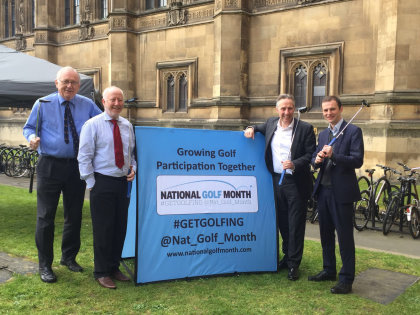 National Golf Month. Everybody should get involved, but I don’t think it suits everybody’s agenda. Common cause is for the greater good, and I still can’t understand why some people can’t get involved because overall, I think it’s a very positive initiative. Anything that promotes the game of golf and tries to encourage more people to join in and participate has to be a good thing. Whilst it’s not perfect, we’re all trying to improve the offer as it is. I know that the leadership group of National Golf Month are very open to hearing about suggestions and what they can do better, and there’s no doubt that for the number of years it has been running, we’ve improved the offer every year. If clubs have not already signed up, I would urge you all to do so.
National Golf Month. Everybody should get involved, but I don’t think it suits everybody’s agenda. Common cause is for the greater good, and I still can’t understand why some people can’t get involved because overall, I think it’s a very positive initiative. Anything that promotes the game of golf and tries to encourage more people to join in and participate has to be a good thing. Whilst it’s not perfect, we’re all trying to improve the offer as it is. I know that the leadership group of National Golf Month are very open to hearing about suggestions and what they can do better, and there’s no doubt that for the number of years it has been running, we’ve improved the offer every year. If clubs have not already signed up, I would urge you all to do so.
Do you think the governing bodies in golf should be doing more to help grow the game?
I would like to see all the governing bodies really make a significant effort at driving golf participation, and I think it’s starting to happen. I’m optimistic that a group of all the senior executives are now getting together, my challenge to them is: can they actually make a difference? I’m not seeing that being made at the moment. The R&A, PGA, England Golf, Golf Foundation, The Owners Association; can those groups get together and make a difference in participation, or is it just a talking shop about the problems that we have? We talk about it far too much, it’s about working out what the solutions are and being brave enough to try some new ones and make the difference. Get golf in the public’s eye and position it as exciting and ready to move forward.
You have invested significantly across your venues in recent times, do you see this continuing?
I think it’s very interesting when we look outside of golf and see the standards that people expect from public facilities where they want to enjoy their leisure time. If you’re not up to scratch, people are going to go elsewhere. Your furnishings, your toilet facilities, and changing rooms all need to be constantly refreshed. We’re now into a rolling programme of looking at each of our businesses on a five year basis to try and stay ahead of the game. We’ve spent quite a lot of time, energy, and money in making sure that our golf courses are in good condition, which takes a considerable amount of expenditure annually to make sure that we’re improving each of them. Every year we’re trying to get ahead and think through the longer term issues that are likely to impact us. For example, our water strategy has been a key discussion point in recent years. We’ve been building reservoir facilities at all of our courses and upgrading irrigation systems in anticipation of when water is going to be very expensive and scarce in 20 years’ time.
What do so-called ‘traditional’ golf clubs need to change to remain competitive and financially viable in the current market?
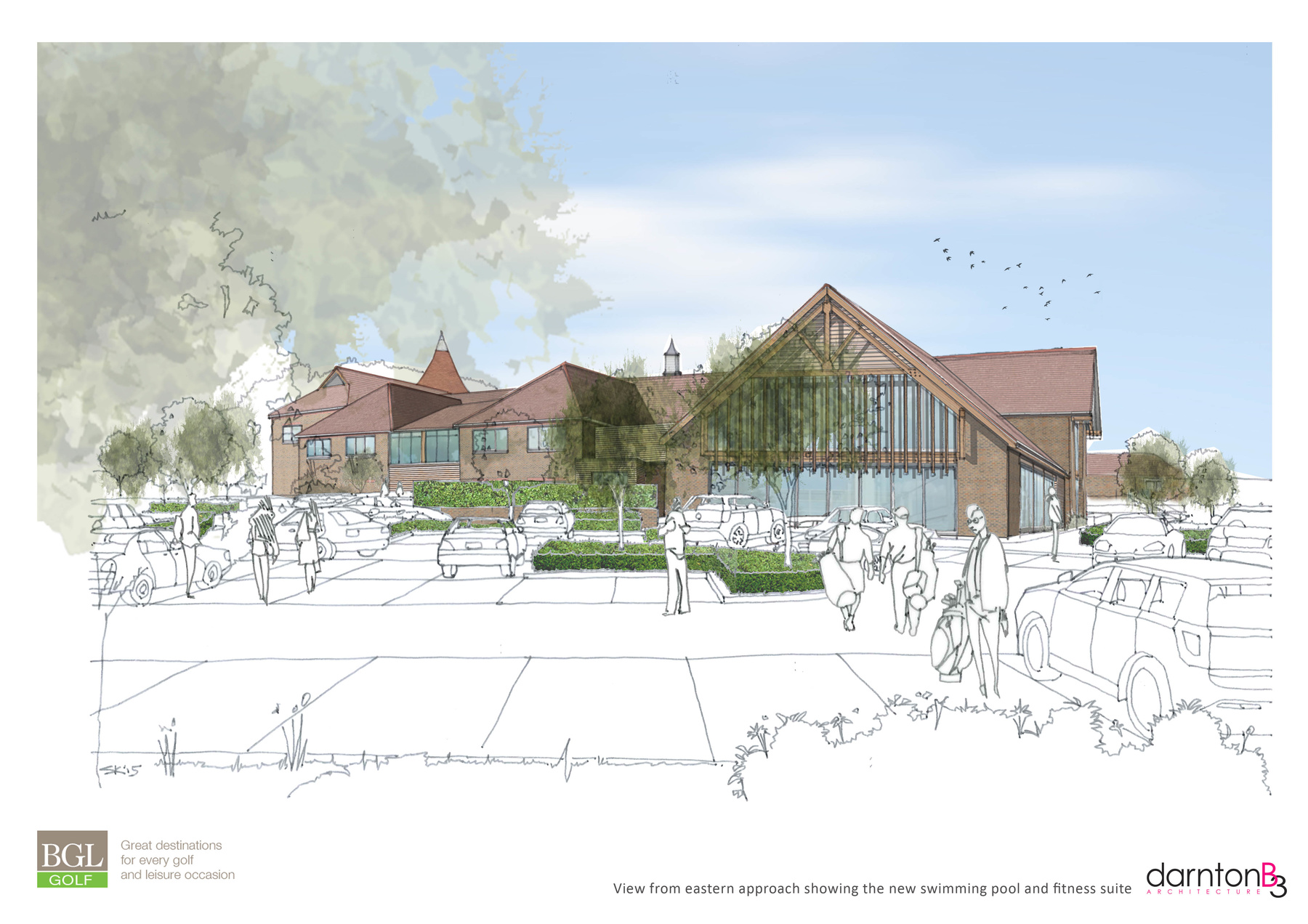
Our club, Redbourn Golf Club in Hertfordshire, hasn’t got a gym facility, it hasn’t got a large food and beverage facility, but it’s got a good driving range and it’s a solid members’ club. We’re very proud of it and it’s got a niche in the area. As long as we’re looking after those customers, I think it will continue; it’s what’s right for your marketplace. There’s a place for the pure, traditional club, but I think that market is shrinking; today’s new golfer wants variety and the age when he is prepared to settle with just one club seems to be increasing. There will always be the small minority that do want to settle more quickly, but I also think the majority of people will want an all-encompassing experience that’s not just about the golf. They want a good food and beverage offer, they may want a place to relax, a gym, a swimming pool, or function facilities you can bring your wider family to. I think what we’re seeing in the market is that those sorts of facilities are flourishing, and those that just stick to pure golf and do well are in the minority. I think it’s all about understanding your market position, understanding what your competitive mix is, and really focusing on what’s going to be right for you in your specific area. Traditional clubs will always have a place; it’s just that they will have a declining market place as our world evolves.
What would you most like to see change in golf?
Promote golf as a place to have fun, enjoy time with your friends and family, and take some exercise all at the same time. I’m a great believer that the nine-hole facility will have a new lease of life in the future. Golf is such a great game that you don’t want to tinker too much with it. We are, after all, dealing with a game that has been around for a couple of hundred years and fundamentally, it has withstood the test of time. I don’t think golf is broken in any way, shape, or form, but I do believe that we have to take notice of how our customers are changing, and particularly their habits. Today’s society hasn’t got as much time collectively to play golf in the way it was played. I went to the Masters six years ago and I was really impressed that they spent time energy and money on promoting the par three competition on the Wednesday before the main competition commenced. It’s great to see that we’re introducing this style of fun competition to our major golf events in the UK, starting with the R&A’s decision to put on a 9-hole event prior to The Open at Royal Troon this year. Shorter forms are great fun and we need to get this across to encourage more people to participate in our great game.
Colin Mayes, thank you very much.
Burhill Golf www.bglcompany.co.uk/golf
UK Golf Course Owners Association www.ukgcoa.com

